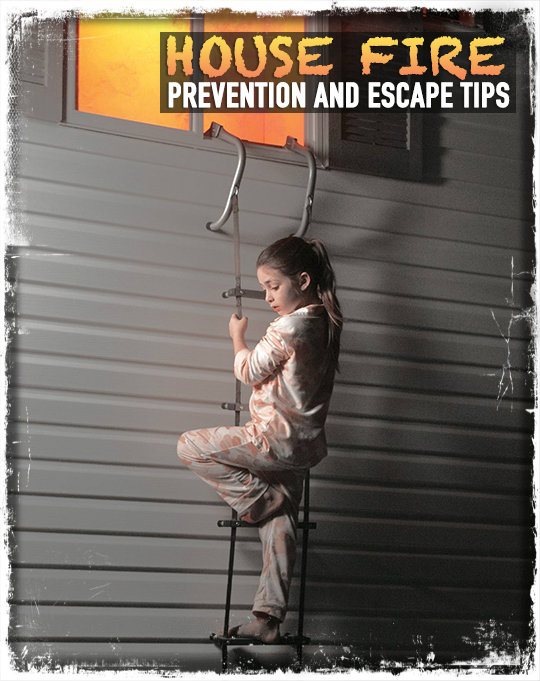
Cold weather and loss of electricity or disruptions in heating fuel deliveries means more alternative heating appliances will be used in homes during colder months. The use of alternative heating appliances can increase the risk for fires.
The following is informational only. It is important that you have a qualified technician check out your electrical system if you feel there is any doubt about its serviceability.
Prevention
A circuit breaker or fuse limits your power usage so as not to overload the wiring. The breaker is a safety device that shuts down the flow of electricity before any damage can occur during an overload. Circuits can be dedicated or general purpose.
Dedicated circuits are usually reserved for dryers, ranges and for air and heating units. A space heater can draw 1,000 watts or more, and if plugged into a general circuit that services other appliances like coffee pots, microwaves and so on, it can trip the breaker.
What some people will do to counter this problem is they would install a heavier breaker to stop it from tripping, but the wiring is still only rated for the lesser amperage and this can mean the wiring will overheat causing a fire.
It is not recommended that you use extension cords with space heaters, extension cords can be a trip hazard as well.
Know what your circuits are rated for and only use space heaters when other appliances are not in use and make sure your breakers are rated for the wiring so they do trip and stop the flow of electricity before the wire is overloaded and causes a fire.
Space heaters today have numerous safety features. In years past the electric “glow coils” could easily ignite a blowing curtain, children’s clothing that touches the coils or bedding that was flung close to the heater as people slept with the heaters in their rooms. The greatest danger today is overloading a circuit and/or extension cord to the point the wiring ignites.
Propane or kerosene heaters, while not be plugged into a circuit will have open flames present that can ignite combustibles that get close to the heaters.
- Do not leave any heating appliance unattended
- Make sure the ones you use are rated for enclosed spaces and regardless of the rating you will need to ensure there is ventilation to the outside by cracking a window open
- Wood burning fireplaces need safety screens to prevent hot embers from “popping” out of the fireplace and igniting carpets and other combustibles
- Service all chimneys, ductwork and stove pipes before using each season
Smoke Alarms
There is absolutely no reason not to have one installed on every floor of your home. The alarms will alert you before the fire is out of control giving you time to escape. Depending on the size of your home, you may need more than one installed on a particular floor.
The alarms can be hardwired into the home’s electrical system with a battery backup in the event of a power failure or you can purchase units that you install yourself that use batteries only.
Test monthly and change batteries yearly or as needed. Batteries can corrode over time so make sure to check for corrosion before it destroys the entire unit. Do not place the smoke detectors in corners.
Escape
You need a complete floor plan of your home sketched out on paper that notes all windows and doors leading to the outside of the home. Pay particular attention to basements and attics that have been converted to living/working or sleeping areas.
Everyone in the home must know where all exits are and then if one is blocked by the fire know where the alternative exit is located.
A typical attic will have ventilation openings that are usually covered with wire and/or louvers made of wood or metal to keep insects, birds and animals out. They are not designed for escape exits and most adults would not be able to fit through the opening. Any escape exits would need to be such that an emergency ladder could be attached to the sill and of course are big enough to fit any adult through the opening. Basements would need an exterior exit or windows that are accessible by anyone.
- Upstairs rooms should have emergency escape ladders available that hook over the windowsills
- Make sure all windows open easily, older home’s windows may not open because of repeated layers of paint that may have been applied that can prevent the window from opening. Some parents may have gone so far as to nail upstairs windows shut to prevent children from opening the windows and falling out. This is a dangerous practice and can cost a life during a fire.
Practice crawling along the floor in the dark toward emergency exits. Smoke hovers just above the floor so it is possible to crawl under the smoke to safety. Establish a meeting area outside the home.